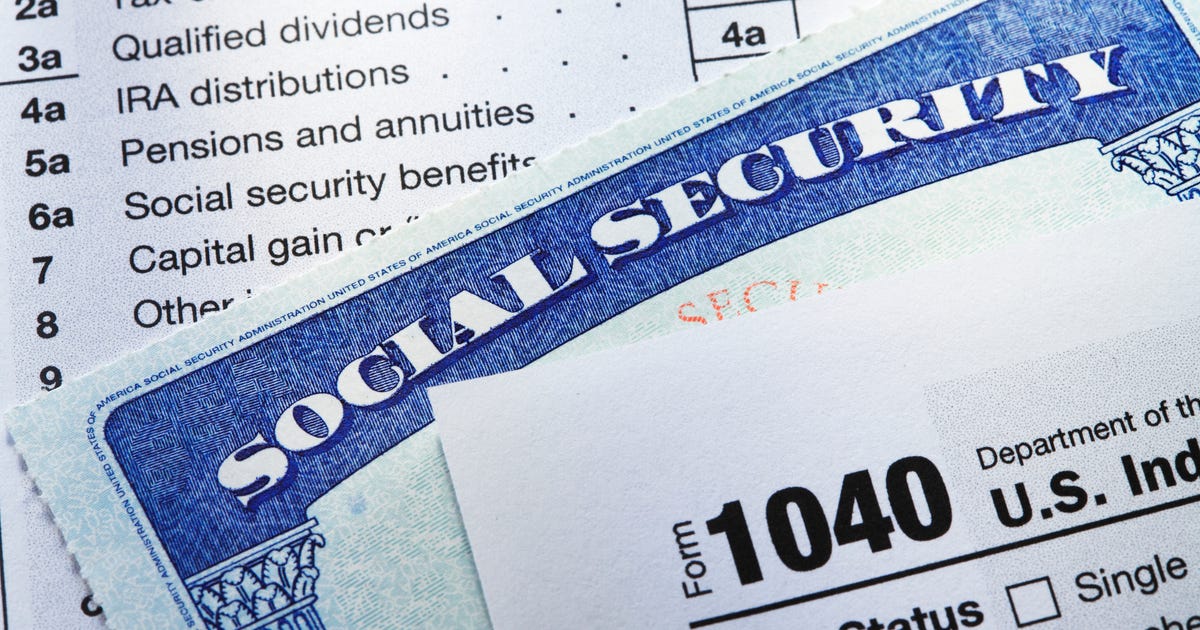Next year, Social Security benefits will see a cost-of-living adjustment, or COLA, of 8.7% — the largest since 1981, when the increase hit an all-time high of 11.2%.
“A COLA of 8.7% is extremely rare and would be the highest ever received by most Social Security beneficiaries alive today,” Senior Citizens League policy analyst Mary Johnson said in a statement earlier this year.
In fact, the annual adjustment has risen above 7% only five times since 1975, when it was introduced. (The 2022 COLA, for example, was 5.9%.)
The benefits increase, announced on Oct. 13, is tied to the Consumer Price Index, which charts year-over-year price fluctuations for goods and services in the third quarter.Read on to learn more about Social Security benefits for 2023, including when the increase will begin and how to find out how much you’ll be getting. (Note that Supplemental Security Income beneficiaries will get their first COLA increase in December.)
For more on Social Security, learn when checks go out, how to access your payments online and how benefits are calculated.
What is the cost of living adjustment (COLA)?
Since 1975, Social Security benefits have been adjusted automatically each year, based on fluctuations in inflation, as determined by the Consumer Price Index For Urban Wage Earners And Clerical Workers. The Social Security Administration compares the average CPI-W in the three months of the third quarter of the current year to the same timeframe in the year prior. “The COLA increase is a valuable feature that keeps retirees from truly being tied to a ‘fixed income’ when managing expenses,” Rob Williams, managing director of financial planning at Charles Schwab, told CNET. The benefit increase is tied to the Consumer Price Index, which charts year-over-year price fluctuations for goods and services in the third quarter. The CPI was 8.5% in July and dipped down to 8.3% in August. In September it was 8.2%, according to the Department of Labor Statistics.
How much will Social Security benefits increase in 2023?
The 2023 COLA is 8.7%. Here’s how that breaks down for different groups, according to the Social Security Administration.
|
Category |
Average monthly increase |
Average 2023 check |
|
Retiree |
$146 |
$1,827 |
|
Worker with disabilities |
$119 |
$1,483 |
|
Senior couple, both receiving benefits |
$238 |
$2,972 |
|
Widow(er) |
$137 |
$1,704 |
|
Widow(er) with two children |
$282 |
$3,520 |
Predictions fluctuated greatly earlier this year: In June, the nonpartisan Committee for a Responsible Federal Budget estimated benefits would increase as much as 10.8%.
In July, Marc Goldwein, the organization’s senior policy director, predicted that if inflation remained on its then-current trajectory, the increase would be 11.4%, the highest ever. But, by August, Richard Johnson, director of the retirement policy program at the Urban Institute, told AARP that “somewhere in the 9% range is probably a reasonable guess.”
When will I know what my Social Security benefits are for 2023?
Beneficiaries should receive letters in December detailing their specific benefit rate for next year. If you miss this letter, you can still verify your increase via the My Social Security website.
When will I see the increase in my Social Security check?
The COLA goes into effect with December benefits, which appear in checks received in January 2023. Social Security payments are made on Wednesdays, following a rollout schedule based on the beneficiary’s birth date. So if you were born from the 1st through the 10th of the month, your benefits are paid on the second Wednesday of the month.
If your birthday falls between the 11th and 20th of the month, your checks are paid on the third Wednesday, and you’ll see your first COLA increase on your Jan. 18 check.
Those born between the 21st and the end of the month receive benefits on the fourth Wednesday, which, in 2023, is Jan. 25.




